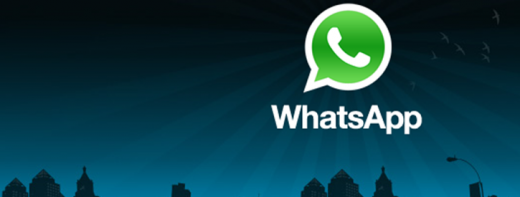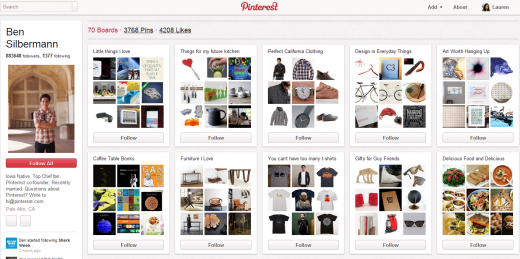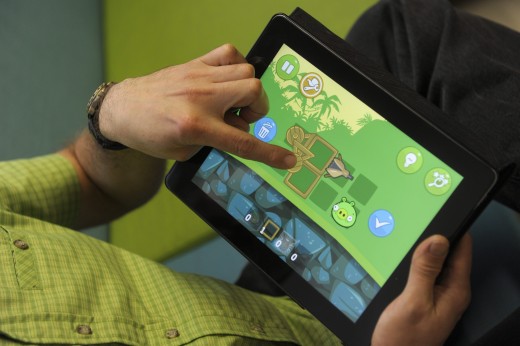
Could $100,000 and the right developer skills make you an overnight billionaire? How much does it really take to build a product like Twitter or Instagram? With mobile development agencies and product incubators on the rise and more corporate “labs” spinning out each day, there’s no shortage of talent to help you build the next great Web or mobile app.
We interviewed the heads of the top Web and mobile development companies, incubators, agencies and labs to understand what it takes to design and develop the most successful apps of our generation. Here are their breakdowns of the costs and time investments to create 10 of the world’s hottest startups.
1) Twitter
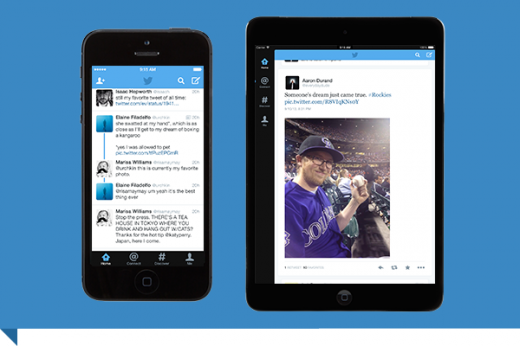
Henrik Werdelin, the Managing Partner of Prehype, a venture development firm based in New York City that has helped build companies like Tradable, Barkbox, FancyHands, Basno and Path, says recreating Twitter isn’t necessarily difficult, but the layered features will take time to get right.
“The short answer is that it will take 10 hours,” answers Werdelin, who built a Twitter clone in a one-day Ruby on Rails course. “But a good developer could make it quicker.”
This means — assuming you already have a laptop — the cost is almost nothing to build the next Twitter. Assume $160 for a Ruby on Rails course plus free Heroku, a cloud platform as a service that allows you to instantly deploy an app.
However, Werdelin is quick to qualify his statement. “It’s not that simple,” he says. “These days, it’s less an issue of creating a technology stack and more about creating the ‘experience layer’ on top, the interface that makes a product relevant and intuitive for people to use while quickly demonstrating its value.”
Still, a product is nothing without scalability. “You can’t just build a product today, you need to build a venture. And that involves processes, structures, feedback loops, analytics and a community.”
Therefore, if you want to bring an MVP (Minimum Viable Product) to market, Werdelin approximates that you’ll need $50,000 to $250,000, depending on the skill sets of the developers and designers you hire.
Werdelin equates building a successful product to building a nightclub. “You need more than a DJ, a dance floor and a few bottles of alcohol,” he says. “You have to ensure that the right people come in at the right time, and you have the right decor, ambiance and music. And of course, the cocktails.”
2) Instagram
“Instagram is slightly more complicated to build than Twitter because you need a wider range of skills to handle image-filtering for iOS and heavy backend image loads. However, you could still build an Instagram-like product inexpensively, in the $100,000 to $300,000 range over a three-to-six-month period,” says Werdelin.
“But even with a billion dollars of investment on day one, it’s highly unlikely that you’ll ever be in a position where you might grow as quickly as Instagram.”
Founder Kevin Systrom launched Instagram with 25,000 beta users on October 6, 2010; two years later, the app continues to see massive growth, recently reporting 150 million active users. Systrom, now a multi-millionaire after selling his company to Facebook for one billion dollars, turns 30 next month.
“Luck, timing and social engineering are bigger components than most entrepreneurs care to imagine,” adds Werdelin. And the best way to be lucky is to position yourself in a place where luck may find you.”
3) Facebook
Ben Schippers is the co-founder of HappyFunCorp, a Web development company that has built sites for TeePublic, Of A Kind, Postography and Yeah TV!.
“If you asked me to build Facebook.com for you, I would quote you $500,000 and nine months of development and design time,” says Schippers. “Others would say one million or a much bigger number. But it’s a very challenging question to answer because what it would cost to build is a small number while operational costs are enormous.”
With the existing product in mind, the $500,000 would be broken out evenly over the nine months with the first three months dedicated to design, specifically user architecture, brand and polish design. The remaining six months would be focused on bringing the design to life, while the remaining would be focused on deployment and refinement.
Taking into account the difference in storage costs in 2002, Schippers estimates that Zuckerberg was spending $3,000 per month on hosting for the first year and about $10 million per month by 2006 as the network grew exponentially in that time period.
Considering Facebook’s scale, the company is now in the business of operating power plants to operate its servers, therefore, Schippers estimates that Facebook has a $30 million dollar monthly burn rate just for hosting. Suddenly, those multi-million dollar financing rounds that startups raise don’t seem so outrageous!
4) WhatsApp
“Real-time communication support can be more difficult than other apps that provide e-commerce or news,” explains Ryan Matzner, the Director of Strategy at Fueled*, a mobile development company based in New York and London that has built apps for companies such as Elevatr, Ribbon, UrbanDaddy and JackThreads.
“To put out an MVP of WhatsApp with basic functionality — something that verifies phone numbers, perhaps with a Twilio integration — and includes a payment management system would cost about $120,000.”
Follow that up with another $120,000 round for design, additional development and branding. And then another $25,000 to fix the remaining bugs and add a level of stability and robustness to the technology stack.
In total, that means WhatsApp would cost a quarter of million dollars and take approximately nine months to build, assuming you already have a large user base to assure quality and facilitate initial momentum.
5) Uber
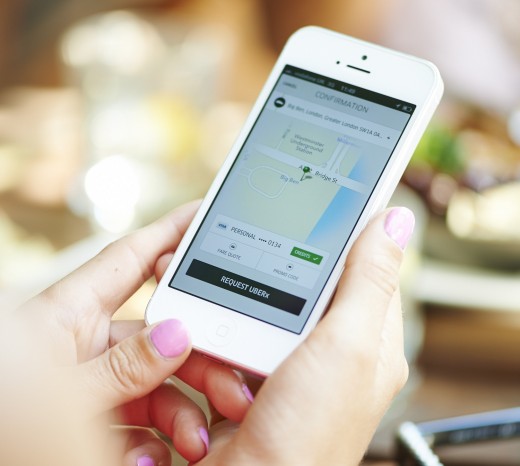
Artem Fishman is the Vice President of Engineering at Huge, a full-service digital agency that has recently helped build NYC.gov, Revolt.TV and the redesign of TED.com.
The Huge team took a deep dive at the numbers on CrunchBase to work up estimates for Uber. The San Francisco-based company made do with $50 million to build its product from scratch to current iteration. Then Google and Benchmark pumped $258 million more into it this past August.
“When you’re answering the question of what it takes to build the mere technical proposition, then the answer is, surprisingly, very little,” says Fishman. “Based on its early rounds, a minimum viable product for Uber cost about $1 to $1.5 million to develop.”
It becomes increasingly difficult when you’re trying to scale your business both from engineering perspective and market penetration. For Uber, the issues are more about local regulations than scale for the time being.
6) Pinterest
At its core, Pinterest, the popular photo-sharing pinboard site, is a very simple product. According to Sam Mathews, the founder of Neverbland, a product studio responsible for brands like Slate and Conjure.io, says Pinterest could be created with a team of four in just 120 days for $120,000.
Yet, it becomes increasingly more difficult to fathom Pinterest’s cost as its user base explodes from 1 to 75 million. “It’s not about the product with something the size of Pinterest, it’s about the economy of scale,” says Mathews, who estimates that it costs Pinterest, a San Francisco-based company with 150 employees, $2 million per month in developer and storage costs to maintain its current product at scale.
7) Shopify
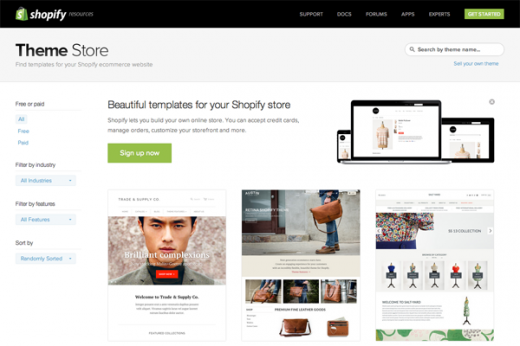
To build a replica of the e-commerce platform Shopify, Mathews estimates it would cost between $250,000 and $300,000 with highly-skilled designers, developers and product people.
These costs don’t take into account the many relevant systems within Shopify’s business such as maintaining its API, the infrastructure and server space needed to support its 50,000+ shops and designing and developing all of the beautiful templates that help make Shopify so successful.
“Oftentimes, the biggest costs with a product like Shopify come down to the decision-making process involved with the customer and product development expenditure,” explains Mathews. “But if you were to replicate the product exactly, all those decisions are made for you. You just have to figure out the architectural structure, which would take approximately four to six months.”
Riffing off of Paul Graham’s essay How to Start a Startup, Mathews says, “To build something complex you first have to build something simple. If you want to build something complex it will never work.”
The issue with building a product like Shopify is that it required seven years of iteration and feature roll-outs based on customer feedback and experimentation. Mathews adds, “So even if you replicated the product exactly from the outside looking in, you’re not going to have as robust a background system to manage all traffic and experiences that take place on the platform.”
8) Angry Birds
Our only viral gaming app on the list, we asked DJ Saul, the CMO of the DC-based iStrategy Labs, a DC-based digital agency that has built products like Grandstand and Social Machines for clients like The Washington Redskins and Nickelodeon, for input.
“First, you have to take into account the time to develop a brand identity including the logo, color palette and typography,” says Saul. “There’s the ever-important UX, both for the app itself and especially for the game. You need experienced game designers and engineers who can develop cross platform. Then factor in building for the expansive world of Android and you have a multiplying effect on costs!”
Saul estimates that he’d want a 20-person team working more than one year to deploy Angry Birds and at an average salary of $110,000 for a total budget of $2.2 million plus overhead. Of course, if you’re hiring an agency, you’re probably looking at 1.5 times that amount in total costs.
9) Tumblr
According to Saul, Tumblr would be much easier to build than Angry Birds as you wouldn’t need game-specific designers and developers. But the testing, refining and bug squashing would remain the same.
To develop Tumblr, which is currently hosting 140 million blogs, “The biggest looming variable would be hosting,” explains Saul. “On top of costs needed from the product marketing side, I would need a 15 person cross-platform development team working on Tumblr for just under one year. So 15 people at an average salary of $110,000 and you’re looking at about $1.65 million.”
10) Vine: Defining the MVP

“While the term ‘MVP’ is thrown around quite a bit in our industry, we consider an MVP to be when the product is at a “good enough” point to be released and gain traction in the market and begin to build a user base,” explains Paul Choi, CEO of Worry Free Labs, a mobile UX, design and development firm that has developed apps like KeyMe, Sendgine, TwizGrid and CraveMate.
To create an MVP of Vine, Choi estimates that it would cost between $125,000 and $175,000 with four to six months of development and design time. He says that Vine is a relatively straightforward app that leverages the iPhone’s processing power to compress video files.
“With Vine, you’re building a backend system that stores video and a front-end that is a simple viewer and an easy way to share content out to social networks,” says Thadd Selden, Worry Free’s CTO.
For those just starting out building an app for videos, be aware of the escalating storage costs involved. While tools like Amazon Web Services and Parse can help you get off the ground, paying for the storage for 40 million plus registered users quickly becomes a major hit. Worry Free’s VP of Business Development Brian Badillo estimates that storage costs for an app like Vine can cost well over $50,000 per month.
All the grains of salt
Each of these Web and mobile apps has evolved over months and some over years. Estimating costs is incredibly complicated because it comes down to hiring the “right” designer, developer or product manager who could build each app for less. There’s an enormous amount of complexity that goes into each app’s environment: not just hosting costs but office infrastructure, product management and marketing to name a few.
There’s also the enormous looming cost of distribution — one that’s hard to measure and even harder to predict. Fifteen years ago, starting a business was primarily a technology problem. Now that the barrier to entry to start a business is so low — $100K in many cases — entrepreneurs are faced with a different problem: standing out from the crowd and getting their product into the right hands at the right time. In comparison to creating effective and data-driven distribution funnels to get your app out to millions, software is cheap.
“It’s always easier to copy a proven model than to conceptualize it yourself,” says Paul Murphy, VP of Betaworks, a New York City product network. “The hard part isn’t necessarily the tech, it’s building and validating the product and adjusting it until you find a fit. We could probably build an MVP of any one of these products using public SDK’s, frameworks and a rudimentary design at a weekend hackathon. But cloning something that’s been proven is the easy part.”
And truthfully, you couldn’t rebuild Twitter, Instagram or Facebook today for a billion dollars. But you could potentially spend a few million on an exact replica that no one will ever use.
As an aspiring entrepreneur you want to build something remarkable, captivating and new; something with better features, different features or fewer features. That’s what the next Jack Dorsey, David Karp Kevin Systrom and Mark Zuckerberg would do.
The way to get good ideas is to get lots of ideas and throw the bad ones away.
– Linus Pauling
Don’t miss: How to design a recurring revenue model that will attract capital
Fueled* is currently a member of audience.io, an audience development studio founded by the author.
Image credit: bloomua/Shutterstock
Get the TNW newsletter
Get the most important tech news in your inbox each week.


